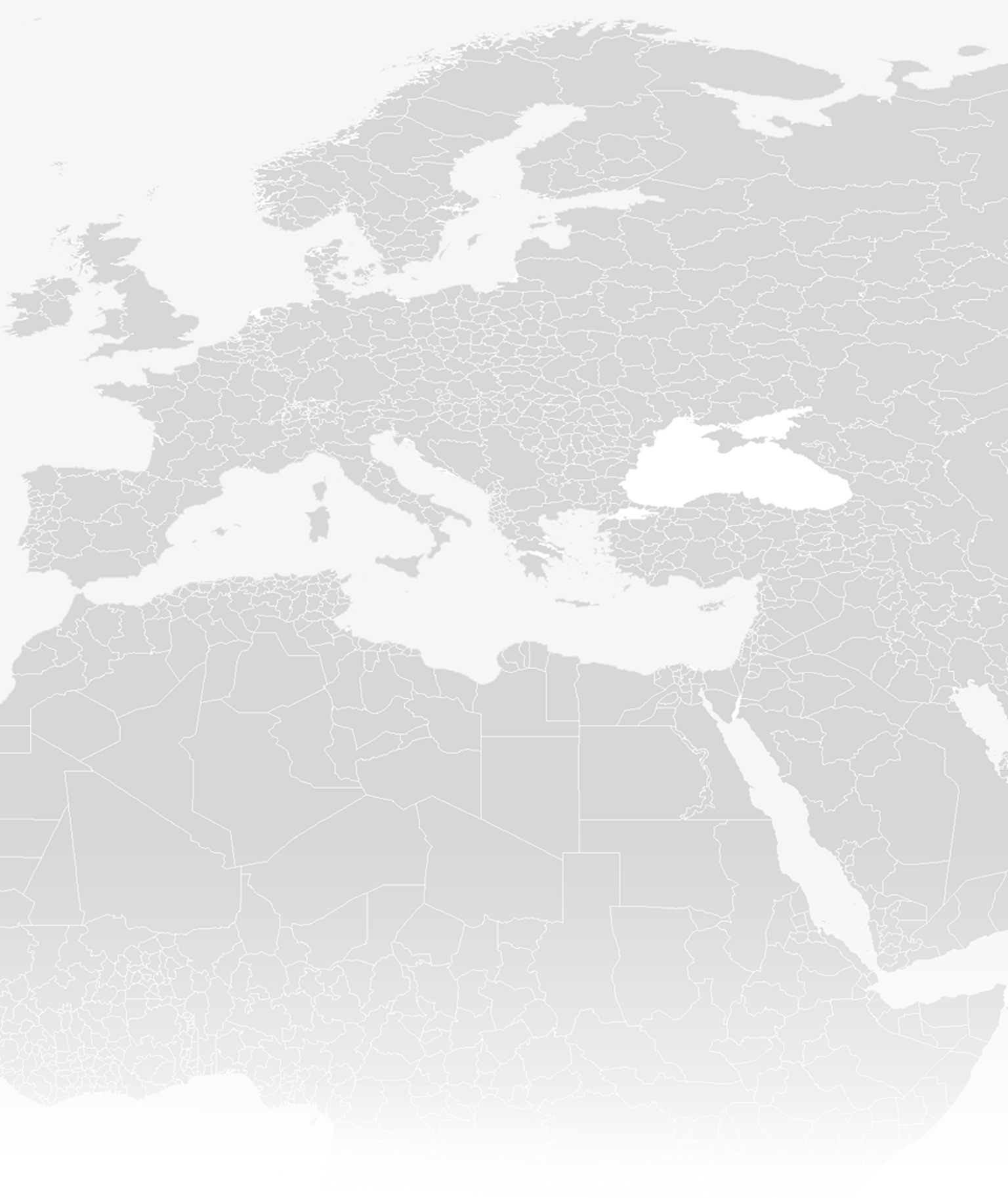
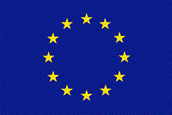
This project has received funding from the European Union Framework Program for Research and Innovation (SC5-18a-2014) under grant agreement nº 641538
Cooperation with other FP7 Projects:

______________________________________________________________________________ UncertWeb is an EC funded research project running from February 2010 to January 2013 developing the uncertainty enabled model web. The model Web concept, formulated within the Global Earth Observation System of Systems activity envisages the integration of complex resources, such as data and models, to construct complex models, composed of chains of model and data components exposed as web services. This offers exciting opportunities for model development in a more loosely coupled, component oriented manner, encouraging sharing, re-use and easy access.
UncertWeb builds on the Model Web concept and contributes to it by supporting accountable uncertainty representation and propagation. A range of different tools and extended standards are necessary to uncertainty-enable web services. First of all UncertWeb further develops UncertML (www.uncertml.org), which is an XML (Extensible MarkupLanguage) encoding designed for encapsulating probabilistic uncertainties. This encoding is necessary for interoperable communication of uncertainty between web services. The flexibility of XML encodings is high, but for larger datasets such as spatial grids, UncertWeb will also contribute to extended standards for netCDF (network Common Data Form). NetCDF (Network Common Data Form) is a set of software libraries and self-describing, machine-independent data formats that support the creation, access, and sharing of array-oriented scientific data.
NetCDF-U is based on a generic mechanism for annotating netCDF variables according to the UncertML conceptual model. NetCDF-U is convention-neutral, in particular it integrates with the netCDF Climate and Forecast Conventions.
Within GeoViQua and UncertWeb, it is proposed the UncertML as a means of improving the treatment of data quality in GEOSS, alongside QA4EO.
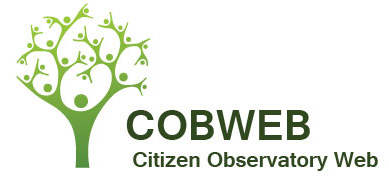
COBWEB brings together expertise from 13 partners and 5 countries. The main context for the project is the Global Earth Observation System of Systems (GEOSS) and the UNESCO World Network of Biosphere Reserves (WNBR). Concentrating on Biosphere Reserves in Wales, Germany and Greece, the main aim is to create a testbed environment which will enable citizens living within Biosphere Reserves to collect environmental data using mobile devices. Information of use for policy formation and delivery will be generated by quality controlling the crowdsourced data and aggregating with Spatial Data Infrastructure (SDI) type reference data from authoritative sources. In the process the project aims to build up shared expertise in these new and developing technologies and understand how crowdsourcing/citizen science techniques combined with SDI-like initiatives can deliver both societal and commercial benefits.

______________________________________________________________________________
GEO-WOW is a project, co-funded under the European Community's Seventh Framework Programme FP7/2007-2013 under grant agreement nº 282915 in response to call ENV.2011.4.1.3-1 “Interoperable integration of Shared Earth Observations in the Global Context”. It is implemented by a consortium of 15 partners from Europe, Brazil and Japan and is coordinated by the Italian establishment of the European Space Agency (ESA-ESRIN) in Frascati. The project's kick-off date was 1st September 2011 and its duration is 3 years.
GEO-WOW will benefit by the advances and solutions that GeoViQua will propose on data quality search and visualization.
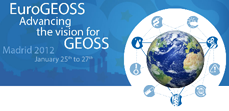
______________________________________________________________________________
EuroGEOSS is a large scale integrated project in the Seventh Framework programme of the European Commission. It is part of the thematic area: "ENV.2008.4.1.1.1: European environment Earth observation system supporting INSPIRE and compatible with GEOSS.
GeoViQua has participated in the EuroGEOSS 2012 conference (Advancing the vision for GEOSS) in Madrid on January 25-27th. There, 2 presentations were presented:
- Analysis of the Quality Metadata in GEOSS Clearinghouse. E. Sevillano, P. Díaz, M. Ninyerola, J. Masó, A. Zabala, X. Pons.
- GeoViQua: the quality challenges for GEOSS. X. Yang, J. Blower, D. Cornford, V. Lush, J. Masó, A. Zabala, D. Nüst.
 ____________________________________________________________________________________
____________________________________________________________________________________
EGIDA prepares a sustainable process promoting coordination of activities carried out by: the GEO Science & Technology (S&T) Committee; S&T national and European initiatives; and other S&T Communities. However, GEOSS committees have been transformed into Boards (GEO Work Plan 12-15). This is done by supporting broader implementation and effectiveness of the GEOSS S&T Roadmap and the GEOSS mission through coherent and interoperable networking of National and European projects, as well as other international initiatives.
EGIDA delivers evaluation processes, tests and assessment indexes, expertise databases, a “GEO Label” concept, surveys, and other instruments that link relevant European S&T communities to GEOSS while ensuring that it is built using state-of-the-art science and technology. Through coordination with the GEOSS S&T Committee (five co-chairs are involved in EGIDA), these deliverables strongly contribute to the GEO S&T Roadmap implementation. For European countries, EGIDA delivers the EGIDA Methodology, a sustainable mechanism based on the GEO S&T approach at national and regional level, to coordinate national multi-disciplinary “System of Systems”. This builds on existing national initiatives and European projects, and facilitates the European S&T Community contributions to and interactions with GEOSS. The EGIDA Methodology improves development and management of S&T infrastructures (i.e. sensors, data, processing services, and environmental modelling infrastructures), supporting mobilization of the resources needed to contribute effectively to GEOSS. EGIDA involves developing countries by transferring the EGIDA S&T methodology to them and implementing three specific use cases: two regional use-cases (Balkan region, Mediterranean region) and a pan-European thematic use-case (Air Quality and Health). EGIDA is embedded within a wide Network of Stakeholders selected to represent the various actors (science teams and institutions, S&T programmes, GEO components) and the scientific fields relevant to the nine GEOSS SBAs.
As stated in the first EGIDA deliverable (EGIDA 2010), the initial framework for the implementation of the GEO S&T Roadmap is provided by two S&T Tasks in the GEO Work Plan 2009-2011, Tasks ST-09-01 “Catalyzing Research and Development (R&D) Funding for GEOSS”, and ST-09-02 “Promoting Awareness and Benefits of GEO in the Science and Technology Community”. Recently, the GEO Work Plan 2012-2015 establishes new four tasks, amongst which we find: “Institutions and Development” Task ID-03 on “Science and Technology in GEOSS” (GEO 2011). Many of the activities in Task ID-03 (Science and Technology in GEOSS) are continuations of the activities started by ST-09-02.
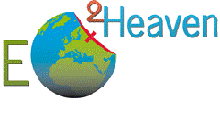
______________________________________________________________________________
Through the GeoViQua partner 52°North a link to the European FP7 project EO2HEAVEN was established. Within EO2HEAVEN the complex relationships between health and environmental influences are investigated. Of the three use case scenarios covered by EO2HEAVEN, especially the activities regarding the link between air quality and respiratory as well as cardio-vascular diseases are of interest to GeoViQua.
An important subject for the cooperation with EO2HEAVEN is the so called Air Quality Egg, a low-cost air quality sensing device. Within EO2HEAVEN project the use of this device is investigated in order to increase the density of air quality observations so that a better coverage is achieved. A continuous exchange regarding the Air Quality Egg was established with EO2HEAVEN.
 _________________________________________________
_________________________________________________
It has been found that the Balkan countries do not have a coherent and continuous approach towards the challenge of implementing integrated Earth Observation (EO) applications in environmental monitoring and management. The defect in the implementation of EO applications and their use in the environmental decision making, are manifested through the limited synergies among national and regional institutions, ineffective technological means and discontinuous record of participation to international organizations and committees. On the other hand, the increasing importance of a common approach towards effective environmental monitoring practices, for the benefit of the societal web of the broader Balkan region, calls for immediate action, setting as a starting point the built up of regional institutional capacity and spillage of technology transfer.
GeoViQua has collaborated with the GEO Balkans local initiative, especially in the Earth Observations for the Social Benefit of the Balkans Post-GEO Workshop on 18-19/11/2011. On that event, a presentation about GeoViQua benefits on quality data information was made.
 _________________________________________________
_________________________________________________
A challenge faced by users of climate data is how to judge whether the data are fit for purpose. This challenge is a serious impediment to widening the use of climate data by both expert and non-expert users for diverse applications. Different users require different kinds of supporting information. In this project, the scope of climate metadata is defined to include: (a) Post-fact annotations, e.g. citations, ad-hoc comments and notes (b) Results of assessments, e.g. validation campaigns, intercomparisons with models or other observations, reanalysis, quantitative error assessments (c) Provenance, e.g. dependencies on other datasets, processing algorithms and chain, data source (d) Properties of data distribution, e.g. data policy and licensing, timeliness (is the data delivered in real time?), reliability (e) External events that may affect the data, e.g. volcanic eruptions, El-Nino index, satellite or instrument failure, operational changes to the orbit calculations. This definition encompasses both quantitative and qualitative metadata.
The coordinator of the CharMe project (University of Reading) is also a partner of GeoViQua and is interested in using some of the GeoViQua quality models in the annotation activities done in CharMe.
Overview
Objectives
Participants
CREAF
Tiwah
CNR
IIASA
CMCC
52º North GmbH
S[&]t Corporation
ICM
BIRA
ARMINES
NILU
EXETER
Institut Mines-Télécom
IEEE
EARSC

